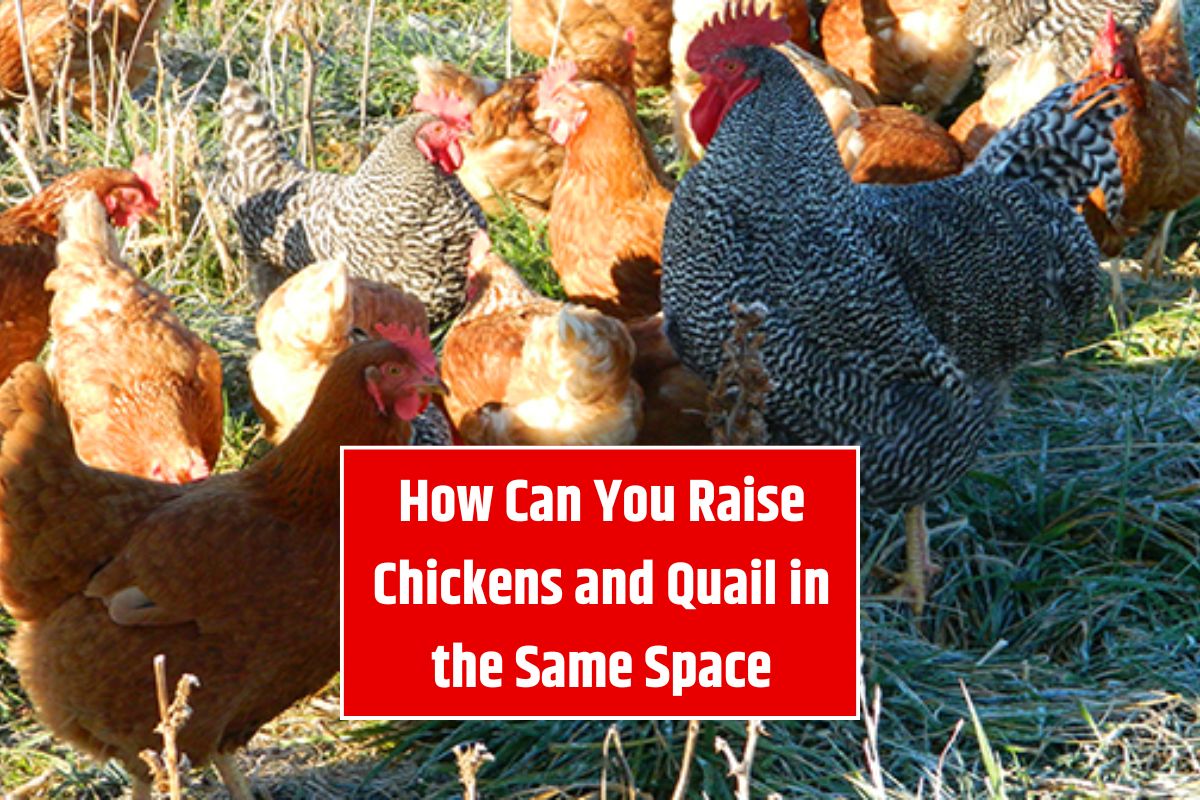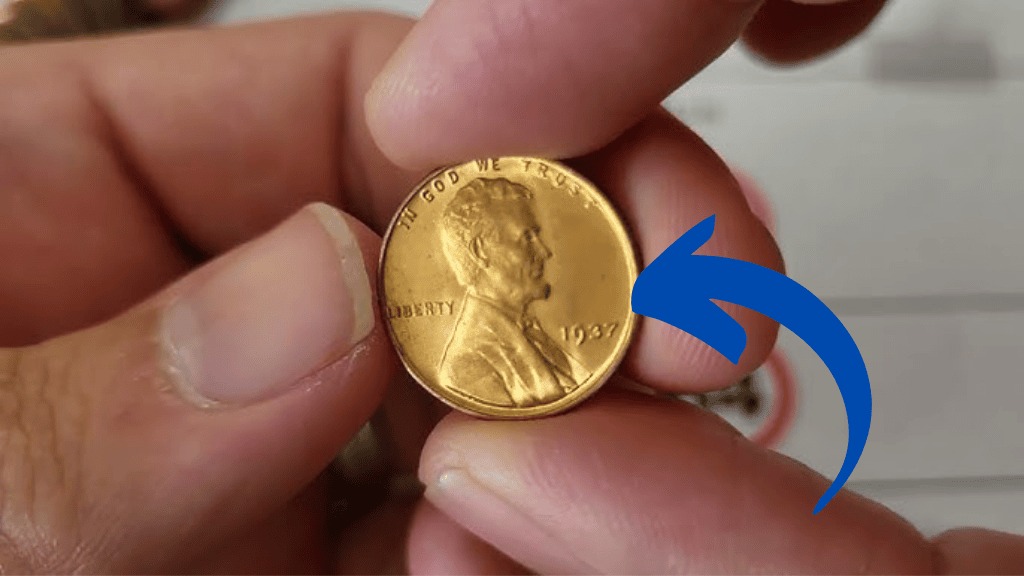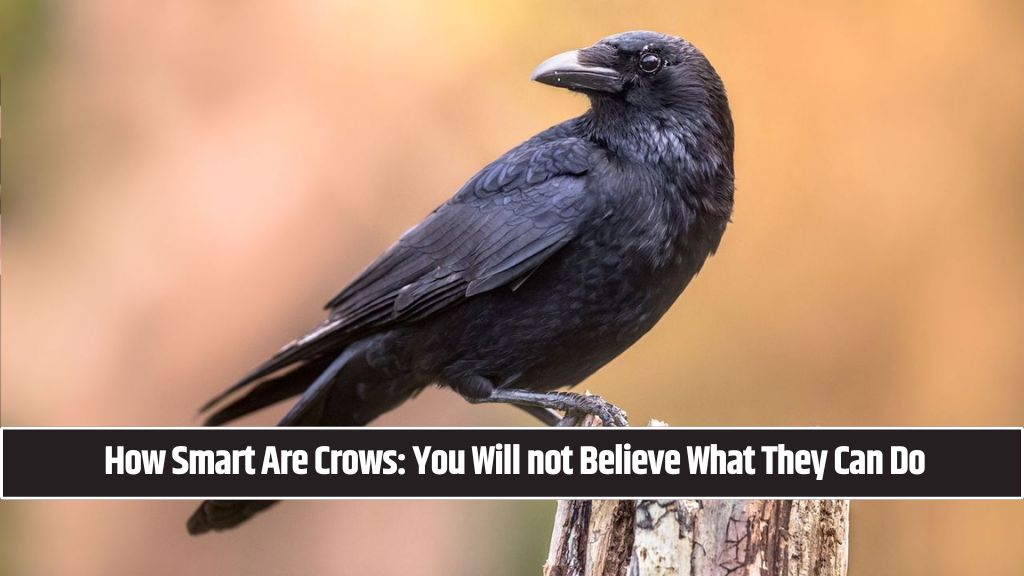If you’re considering raising both chickens and quail, you might imagine them living harmoniously side by side. While it’s possible to raise them together on the same property, keeping them in the same space can lead to serious problems.
Diseases, feeding conflicts, aggressive behavior, and other challenges make it difficult to raise them in the same pen. Let’s explore why it’s better to keep these two species separated and the situations where co-habitation might work.
Why You Shouldn’t Keep Chickens and Quail in the Same Coop
1. Disease Transmission: A Deadly Risk
Chickens and quail are susceptible to different diseases, but some of the most dangerous illnesses can be passed between them. A prime example is Coryza, a bacterial infection that chickens can carry without showing symptoms but is often fatal to quail. Symptoms of Coryza in birds include:
- Pale combs and wattles
- Swollen face and eyes
- Lethargy
- Loss of appetite
- Reduced egg production
Even with treatment, Coryza can remain in the flock permanently and spread between birds. Since quail are more difficult to treat, their chances of survival are low. To avoid the risk of fatal diseases, it’s best to keep chickens and quail in separate areas.
2. Pecking Order and Aggression
Chickens establish a strict pecking order within their flock, and quail, being smaller, would be at the bottom. This can result in the quail being bullied, denied access to food, or even killed by aggressive hens or roosters. Chickens are omnivores and may even attack or eat quail if given the chance.
Solution: Provide quail with their own separate coop where they can establish their pecking order without interference from chickens.
3. Different Flight and Escape Behaviors
Quail are agile and capable of flying straight up when startled, while chickens are clumsier fliers. If you house them together without proper precautions, quail may escape and not return. Once outside, they are vulnerable to predators like hawks, cats, and foxes.
Tip: Quail pens should have a proper cover to prevent escapes, and their housing should be separate from chickens.
4. Egg-Eating Problems
Chickens are curious birds, and they may peck at quail eggs out of curiosity. Once they develop a taste for them, they’ll keep coming back for more. Worse, this habit may extend to their own eggs, leading to egg-eating behavior that is difficult to correct.
Recommendation: Keep quail and chicken eggs separate to avoid this problem.
5. Different Diet Requirements
Chickens and quail have different dietary needs. Chickens can thrive on regular layer feed, but quail require a specially formulated game bird feed rich in protein. Feeding them together can result in nutritional imbalances and poor health for both birds.
Tip: To ensure each species gets the right nutrition, house them separately with designated feeding stations.
When Keeping Chickens and Quail Together Might Work
While it’s generally safer to keep chickens and quail apart, there are a few scenarios where they could coexist:
1. Raised Together from Chicks
If chickens and quail are raised together from a young age, they may tolerate each other better. However, as they grow, their instinctual behaviors may cause conflicts.
Potential Issue: Even if they coexist initially, their dietary differences and disease risks remain significant challenges.
2. Small Chicken Breeds (Bantams)
Bantam chickens are smaller and less intimidating than standard chickens, so quail may be able to hold their own in a shared space. However, aggressive bantam roosters can still pose a threat.
Recommendation: If you plan to house bantams and quail together, closely monitor for signs of aggression.
3. Free-Range Setups
In large, free-range setups, chickens and quail are more likely to form separate flocks and keep their distance. However, disease risks and feeding conflicts still exist. Chickens may wander into the quail’s space and leave droppings, exposing quail to potential infections.
How to Keep Quail and Chickens on the Same Property Safely
If you want to raise both species, follow these tips to minimize risks:
- Keep them at least 50 feet apart to prevent disease transmission.
- Separate their coops and feeding stations to ensure they get proper nutrition.
- Prevent wild bird contact to reduce exposure to diseases.
- Install proper covers on quail pens to prevent escapes.
- Clean and disinfect regularly to minimize bacterial buildup.
While it’s technically possible to house chickens and quail together, it’s not recommended due to the many risks involved. Quail are more fragile and require specific care to thrive. The safest option is to give them their own dedicated space, which will help prevent disease, aggression, and nutritional imbalances.
If you understand the risks and are willing to take extra precautions, you may be able to develop a system that works for your farm. However, for most backyard keepers, keeping them separate is the best approach.
FAQ’s
Can chickens and quail live together in the same pen?
It’s not recommended to house chickens and quail together in the same pen. Chickens can bully quail, transmit diseases, and eat their eggs. Keeping them separate ensures their safety and health.
What diseases can chickens pass to quail?
Chickens can carry diseases like Coryza, which may not affect them but can be fatal to quail. Other diseases can be transmitted through shared equipment, droppings, or direct contact.
How do I keep chickens and quail on the same property safely?
Keep their coops and feeding stations separate, at least 50 feet apart. Prevent wild bird contact, and clean and disinfect regularly to reduce disease risks.
Do quail and chickens have different dietary needs?
Yes, quail require game bird feed rich in protein, while chickens can thrive on regular layer feed. Mixing their diets can lead to nutritional imbalances.
Can chickens eat quail eggs?
Yes, chickens may eat quail eggs out of curiosity, which can lead to a bad habit of egg-eating. It’s best to keep their eggs and nesting areas separate.
















